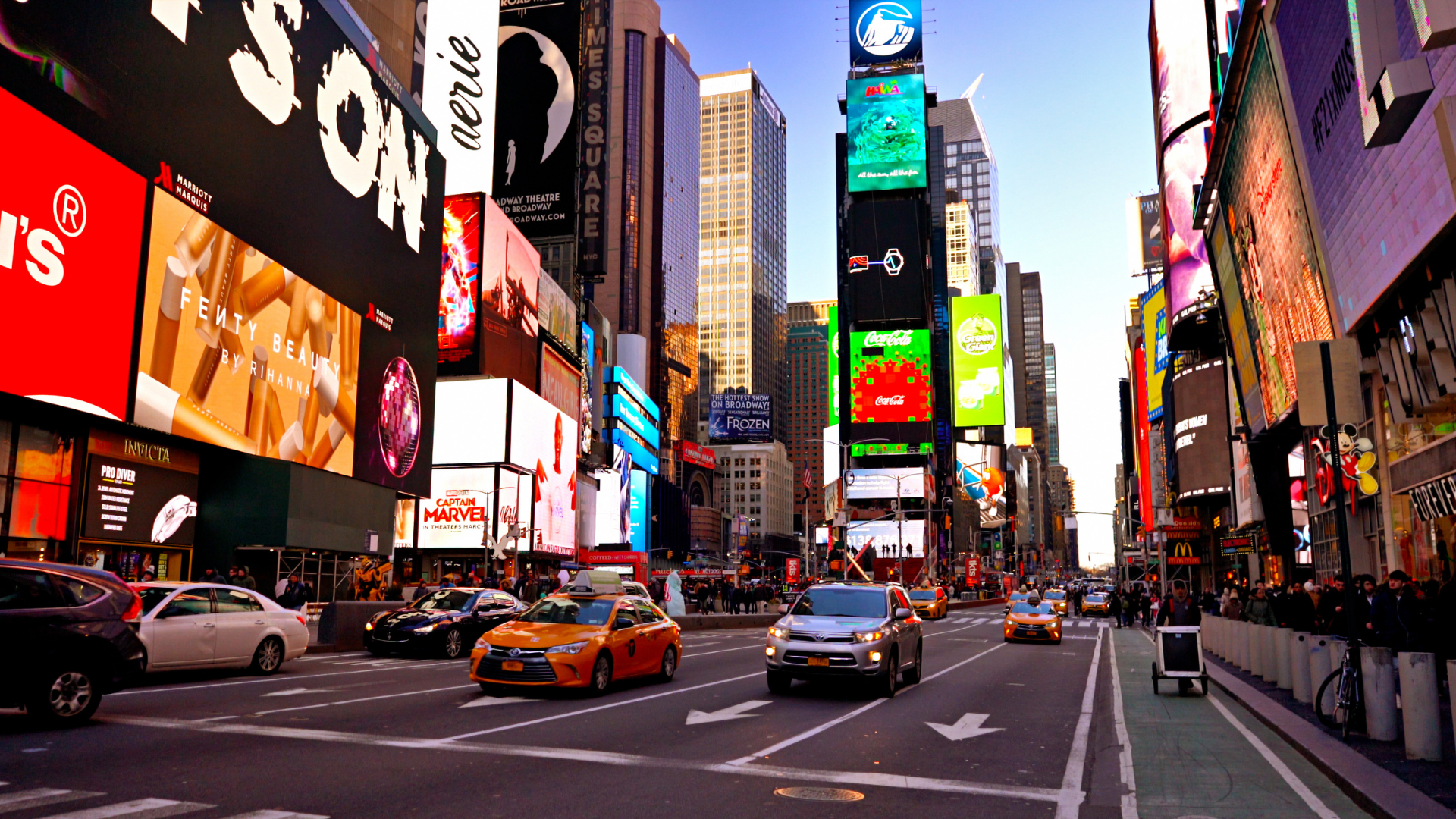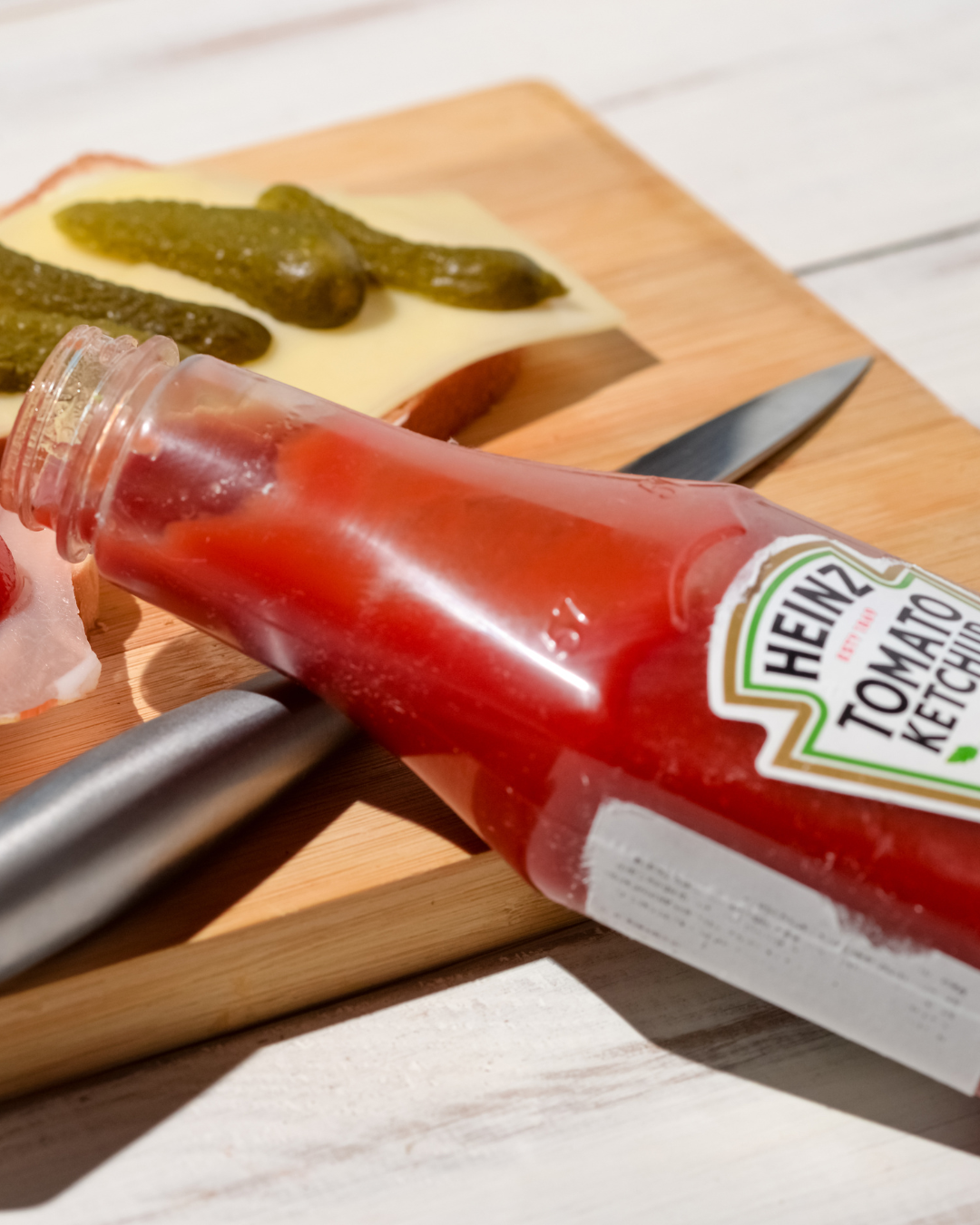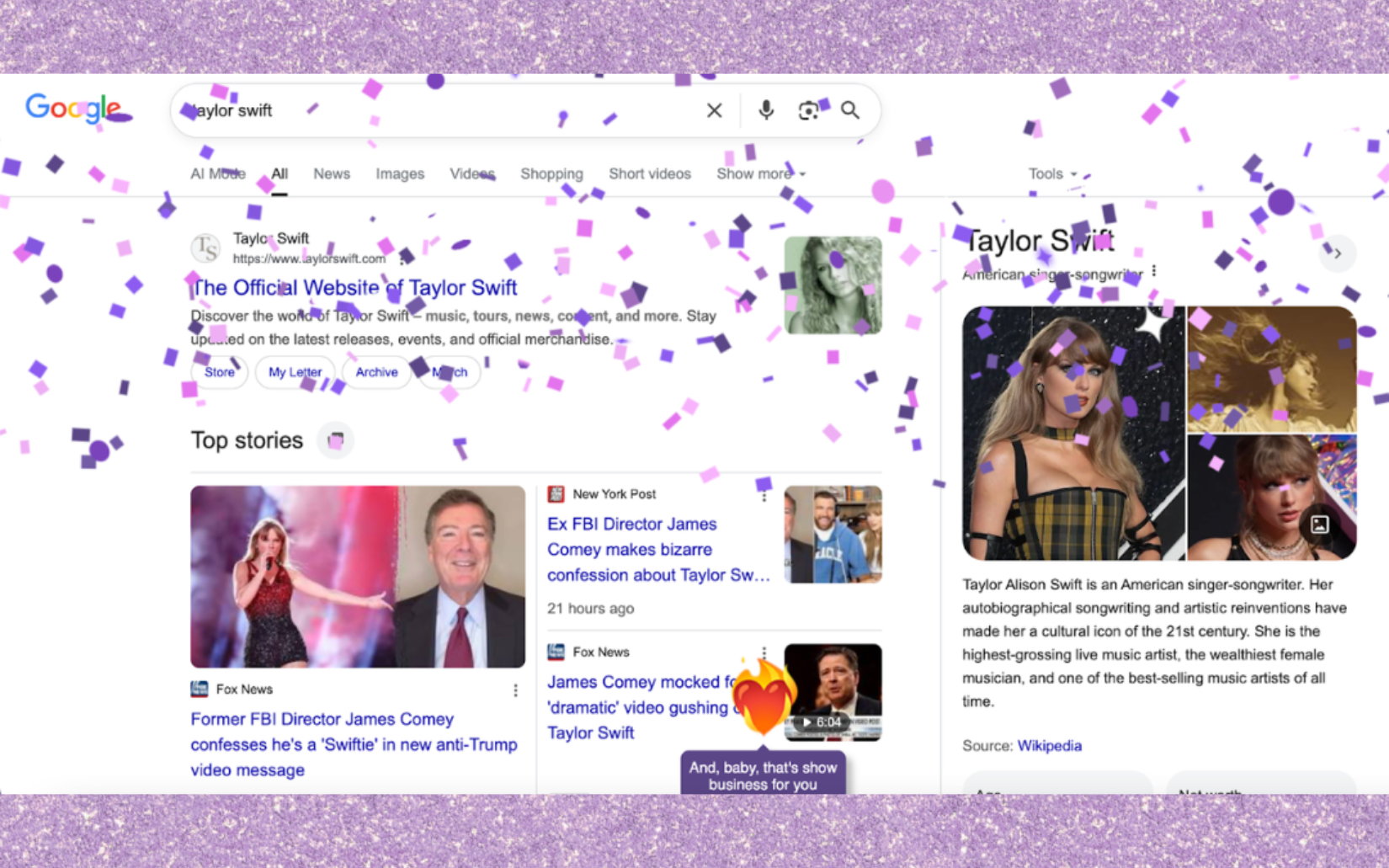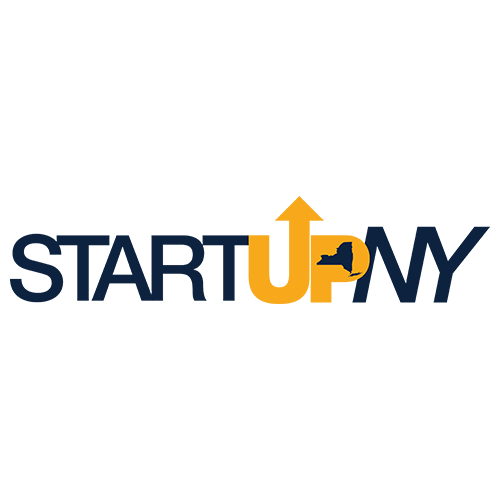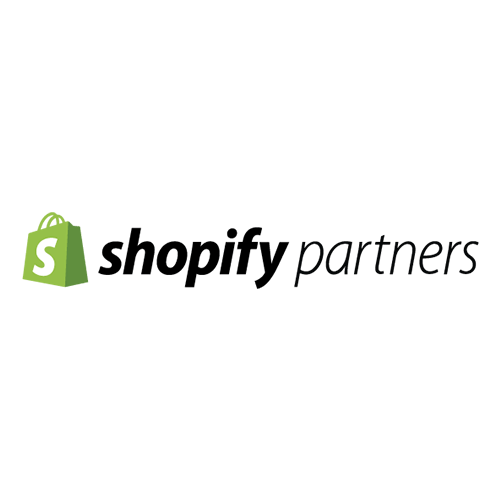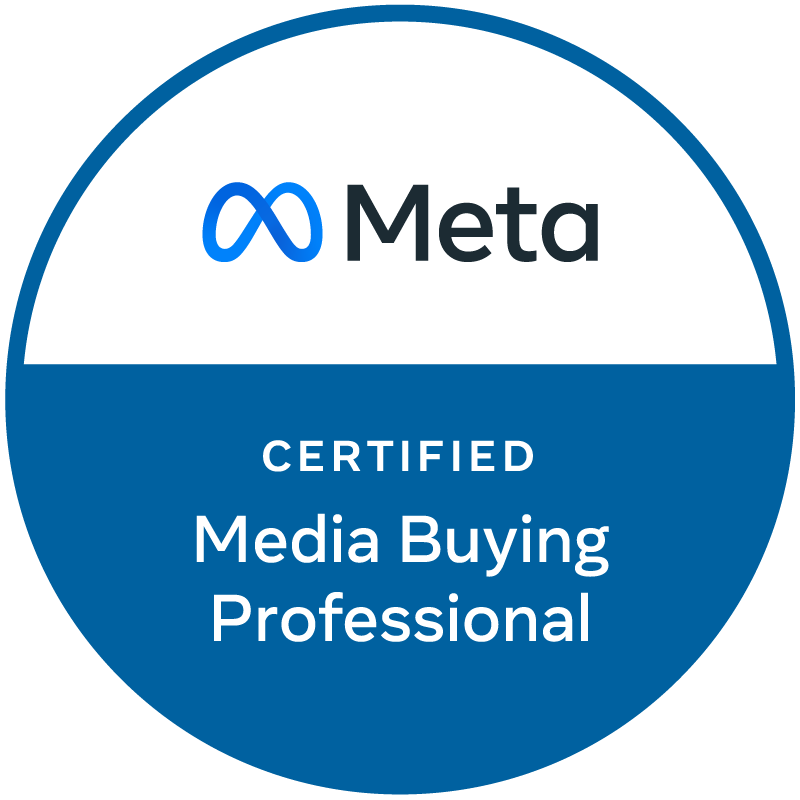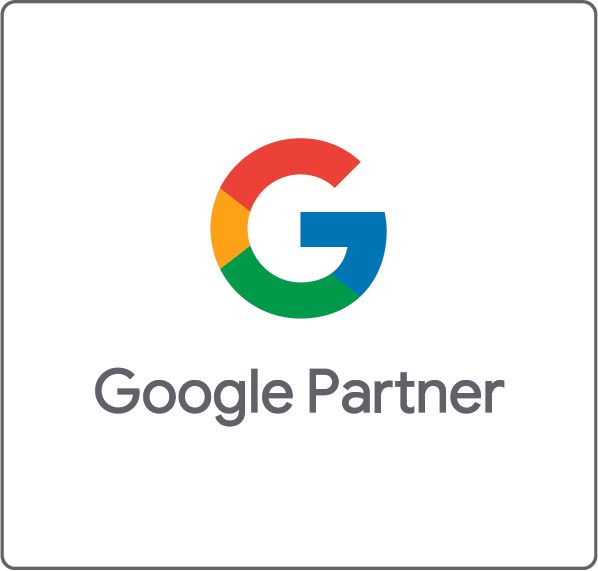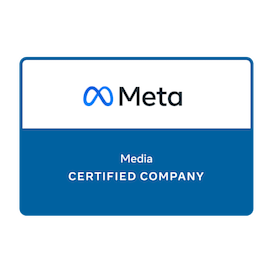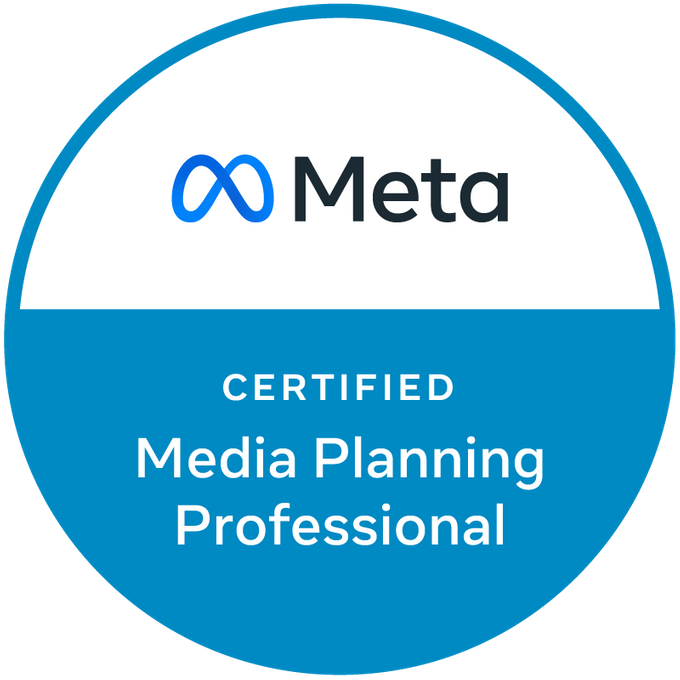Marketing Trend Tracker - Series 20
The digital marketing landscape is rapidly evolving, primarily shaped by two significant trends: a strategic pivot toward Gen Z consumers and substantial investment in artificial intelligence. This shift is exemplified by Pinterest's full commitment to its Gen Z audience, forging partnerships with brands and influencers that resonate with their largest user base by generation. Concurrently, Meta is heavily investing in AI development to expand its advertising capabilities, even extending to a surprising move like introducing ads to WhatsApp, an app historically known for being ad-free. These dynamic changes highlight the rapidly evolving nature of digital marketing. Read on to discover how these trends are reshaping the future of digital marketing and what it means for your strategy.
e.l.f. Cosmetics and Pinterest Partner on AI-Powered Color Analysis Geared Toward Gen Z
e.l.f. Cosmetics and Pinterest are strategically partnering to win over Gen Z, launching "color e.l.f.nalysis," an AI-powered color analysis tool designed specifically for this digitally native demographic. Users simply upload a selfie to a microsite for a personalized color-season analysis, which uses the user’s hue, value, and chroma to determine a range of colors that best match their features. From there, the user will receive a tailored set of e.l.f. makeup shade recommendations. Crucially, this leads them directly to a shoppable Pinterest board featuring products curated for their unique results.
This collaboration is a direct response to Gen Z's overwhelming demand for personalized beauty experiences and their heavy reliance on platforms like Pinterest for discovery. Pinterest has seen a massive 22-fold increase in interest “around tools like color season analysis", with Gen Z making up nearly half its user base. e.l.f. is seizing this opportunity to build strong brand loyalty with this crucial consumer group by offering free, instant, and highly personalized guidance right where Gen Z is already seeking inspiration.

The partnership extends beyond the tool itself, with e.l.f. actively collaborating with Pinterest creators to develop season-specific content, leveraging the influence of voices Gen Z trusts.
Pinterest's Foray into Product Creation: A Gen Z-Driven Collaboration
Beyond the exciting AI-powered collaborations, Pinterest is making an even bolder move to cement its status as a commerce powerhouse, proving its profound understanding of consumer trends, especially those embraced by younger audiences.
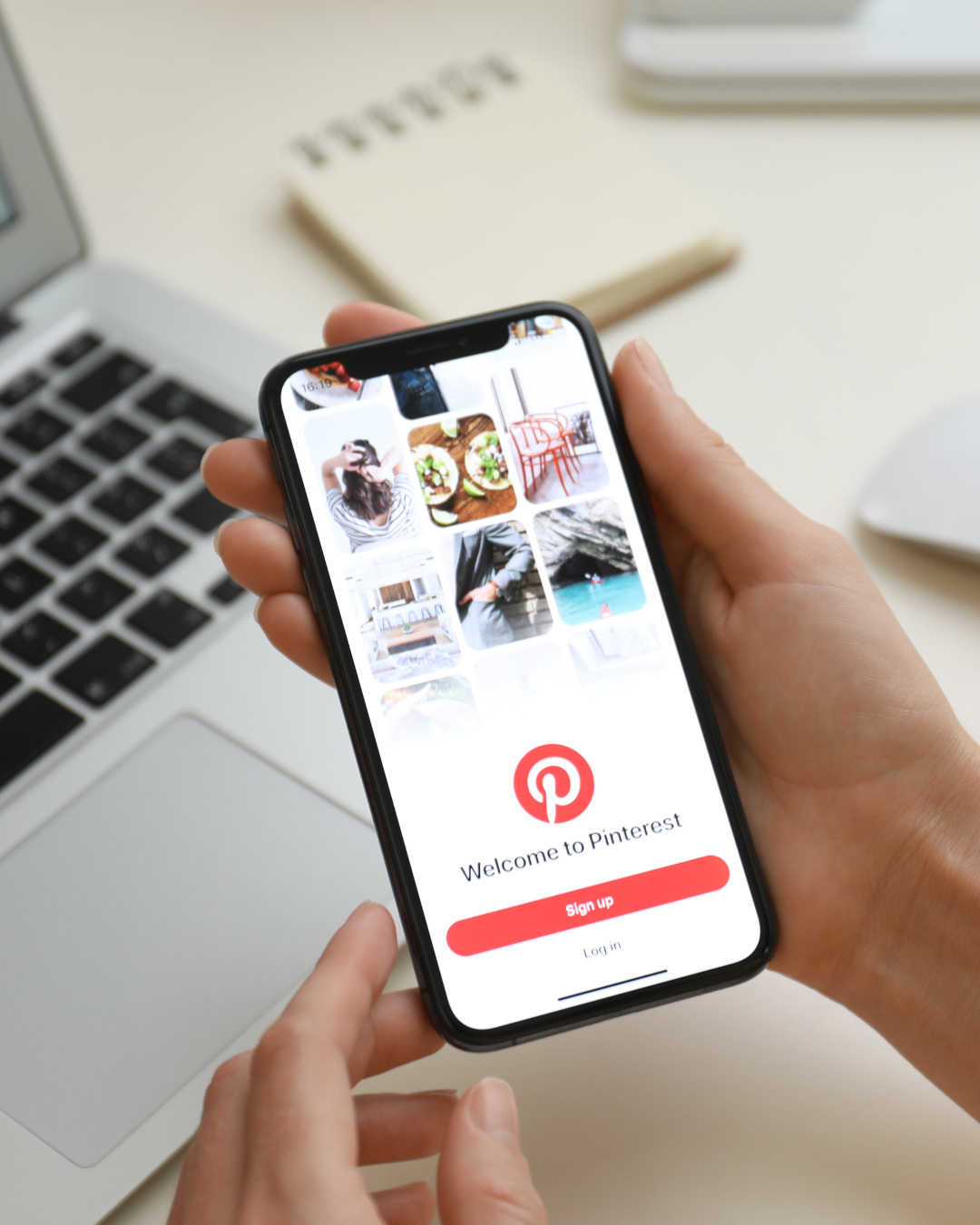
This strategic evolution is exemplified by Pinterest's first-ever product collaboration: a limited-edition coffee mix co-branded with Chamberlain Coffee, founded by global influencer and Gen Z icon, Emma Chamberlain. This isn't merely a promotional stunt; it's a testament to Pinterest's direct influence on product development.
The "Sea Salt Toffee Flavored Blend" wasn't just sold and promoted within the Pinterest app; its very inspiration came from Pins.Emma Chamberlain, a self-proclaimed "long-time fan of Pinterest," leveraged the platform to conceptualize the entire campaign and design, drawing heavily from the "Fisherman Aesthetic" trend identified in Pinterest Predicts—their annual emerging trends report. This effectively demonstrates Pinterest's confidence in its trend forecasting system, showcasing its ability to not only predict the next big thing but also provide actionable insights for creating tangible products.
This landmark collaboration highlights several pivotal aspects of Pinterest's evolving strategy, with a keen eye on the Gen Z market:
- Trend-Driven Innovation: This partnership powerfully illustrates Pinterest's capability to translate emerging trends into real-world consumer products.
- Deepening Creator Economy Ties: By co-branding with Emma Chamberlain, Pinterest is actively participating in and shaping the creator economy. This move acknowledges the immense power of digital-native celebrities, whose influence increasingly rivals traditional fame.
- Seamless Path to Purchase: The coffee blend is available for purchase directly via Chamberlain Coffee's website and, through Emma Chamberlain's dedicated Pinterest board. This board offers behind-the-scenes content, inspiration, and shoppable Pins, creating the kind of frictionless journey from discovery to acquisition that is absolutely crucial for Gen Z consumers.
This co-branding venture signifies a new and aggressive phase for Pinterest. It's a clear signal that the platform is moving beyond being just a discovery engine to becoming a direct player in product creation and commerce. While Emma Chamberlain's influence is undoubtedly a massive draw for sales, the success of this collaboration could further solidify Pinterest's position as a vital indicator of consumer interest and a powerful partner for brands aiming to tap into emerging trends and the highly engaged Gen Z audience.
Meta's Advancing AI Capabilities for Advertising
Meta has announced a range of new AI-powered ad options, designed to enhance efficiency and effectiveness in digital campaigns. These developments include tools for media generation, branding, and customer interaction.
New Creative Tools and Features
Meta is expanding its AI video generation tools, which will allow advertisers to transform multiple images into video clips. These clips will feature animation, text overlays, and music. This approach focuses on generating short segments from image sources, aiming to produce high-quality video creative. This functionality is currently in testing with select brand partners.
Additionally, Meta is testing a Video Highlights option. This feature will use AI to identify key phrases and scenes within videos, enabling users to navigate to the most relevant content quickly. The goal is to highlight the value proposition of the brand or product being advertised.
Meta has also enhanced its AI image generation tools
to incorporate custom branding.
Advertisers can now include their brand logos and colors in AI-generated content. The platform is also adding persona-based text generation to further integrate brand identity into ads. These updates are intended to provide more customization and consistency across promotional efforts.

AI for Customer Interaction and Efficiency
New "Business AIs" are being tested in various ad formats. These AI tools will allow potential customers to engage with businesses directly through ads, using both text and voice. Meta states these ads will feature "AI-generated prompts and quick answers to commonly asked customer questions about products," providing more specific, product-aligned AI interactions. This aims to enhance customer connection and assist in the purchase process.
Further innovations include new CTA stickers for Stories and Reels promotions, and virtual try-on elements that utilize generative AI to display clothing on virtual models of varying body types. These additions are anticipated to offer new avenues for marketing outreach, potentially by the end of the year.
AI's Influence Extends to WhatsApp: Monetization and the Future of Messaging
Building on Meta's expansive investment in AI, the company is now extending its monetization strategies to one of its most widely used platforms: WhatsApp. This marks a significant shift for the messaging app, which has historically maintained an ad-free stance. The move to introduce paid advertising and subscriptions on WhatsApp is
directly linked to Meta's substantial and ongoing commitment to artificial intelligence development.
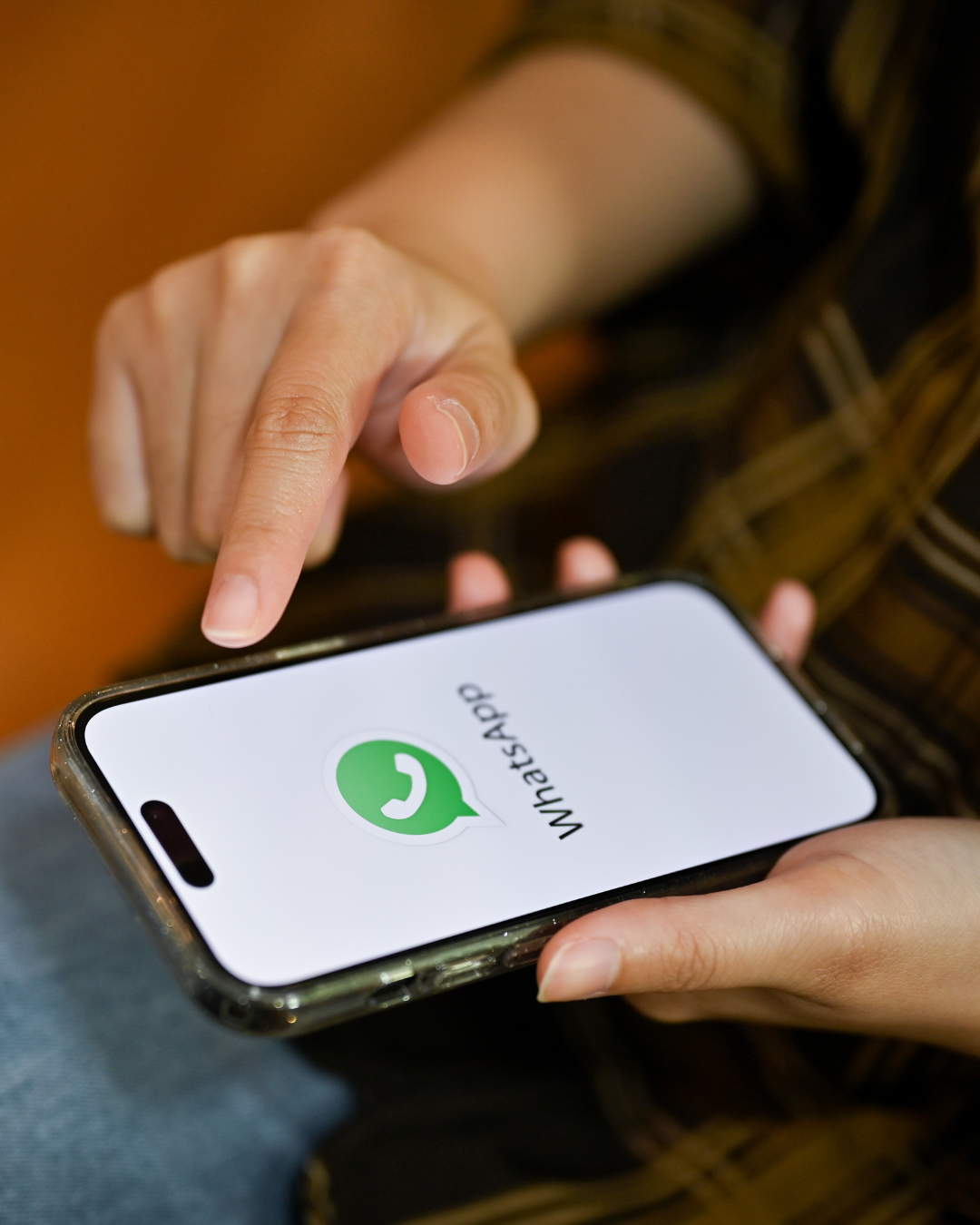
WhatsApp's New Monetization Model
While direct messages will remain ad-free, sponsored content will be integrated into WhatsApp's "Updates" tab, a social section launched two years ago that is visited by half of WhatsApp's 3 billion global monthly users daily. Here's what users and businesses can expect:
- Ads in Statuses: WhatsApp's version of Stories, "Statuses," will now feature interspersed ads.
- Creator and Business Monetization: Creators, brands, and the 200 million businesses on WhatsApp will gain new ways to monetize:
- Broadcast Channel Subscriptions: They can offer premium content through broadcast channels via a subscription model.
- Promoted Channels: Businesses will also have the option to pay to appear higher in the in-app search results, increasing their visibility.
- Personalized Ads (Optional): Users who link their Facebook or Instagram accounts to WhatsApp may receive ads personalized beyond basic location, language, and channel-following data.
Why the Shift? AI as a Driving Force
This strategic pivot reverses WhatsApp's long-held "No ads! No games! No gimmicks!" mantra, a principle so core that it reportedly led to the departure of co-founders Brian Acton and Jan Koum from Meta (then Facebook) in 2018. Despite denials of ad plans as recently as 2023, the underlying motivation for this monetization push is clear: Meta's colossal investment in artificial intelligence.
Meta is channeling significant capital into AI research and infrastructure, with billions invested in startups like Scale AI and tens of billions more planned for this year alone. This massive expenditure is largely supported by Meta's advertising revenue. WhatsApp, with its 3 billion global users and high engagement in the "Updates" tab, represents a substantial, largely untapped revenue source crucial for funding Meta's ambitious AI endeavors. Beyond direct ad dollars, Meta also plans to take a 10% cut from WhatsApp channels' subscription fees, further bolstering its financial capacity to drive its AI-first future.
Stay updated with the latest news in the digital space with our blog! Want personalized marketing solutions? SparkShoppe's expert marketing team stays ahead of the curve, so you can achieve lasting success in today's dynamic market. Connect with us today and let's build a brighter future for your brand!


